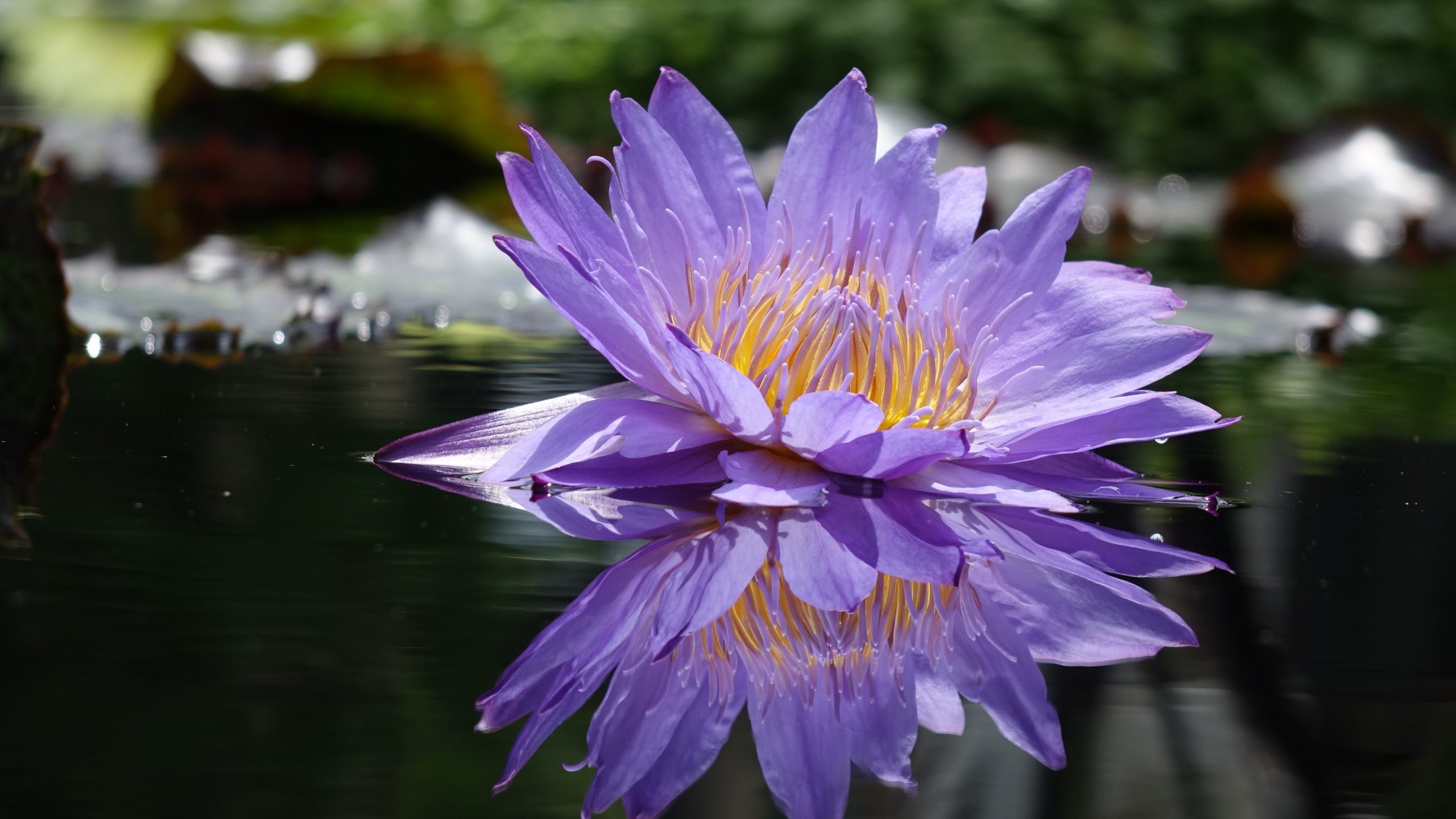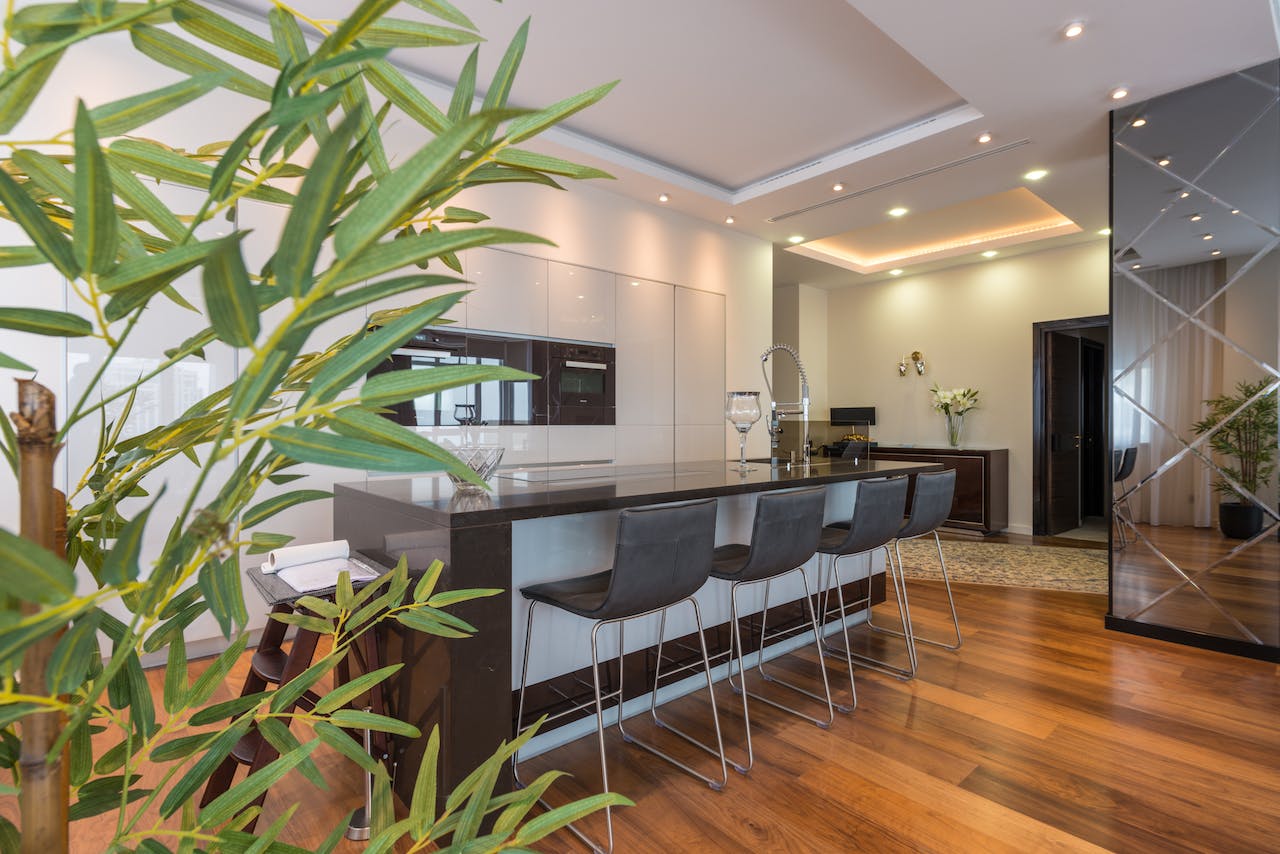Gardening can be a great way to enjoy the outdoors, connect with nature, and grow your own fresh produce. However, not everyone has the time or energy to devote to a high-maintenance garden. Fortunately, low-maintenance gardening is a growing trend that can help busy gardeners save time and effort while still enjoying the benefits of gardening.
So, what is low-maintenance gardening? Simply put, it’s a style of gardening that requires less time and effort than traditional gardening methods. Low-maintenance gardens are designed to be self-sustaining and easy to care for, with minimal watering, weeding, pruning, and fertilizing required.
Here are some of the benefits of low-maintenance gardening:
- Saves time: Low-maintenance gardens require less time and effort to maintain, which is ideal for busy gardeners who have limited time to spend on their gardens.
- Saves money: With fewer plants, tools, and supplies needed, low-maintenance gardening can be a cost-effective way to enjoy a beautiful garden without breaking the bank.
- Requires less water: Low-maintenance gardens typically require less water than traditional gardens, which is good for the environment and your water bill.
- Attracts pollinators: Low-maintenance gardens are often designed to attract pollinators like bees, butterflies, and hummingbirds, which can help to improve the health of your garden and the surrounding ecosystem.
- Provides food: Low-maintenance gardens can still provide a bountiful harvest of fresh fruits and vegetables, with minimal effort required on the part of the gardener.
So, how can you create a low-maintenance garden? Here are some tips:
- Choose low-maintenance plants: Look for plants that are adapted to your local climate and soil conditions, and that require minimal watering, pruning, and fertilizing.
- Use mulch: Mulch can help to retain moisture in the soil, suppress weeds, and improve soil health, which can reduce the need for watering and fertilizing.
- Group plants by water needs: Grouping plants with similar water needs together can help to reduce the amount of water needed to keep your garden healthy.
- Use drip irrigation: Drip irrigation systems can help to deliver water directly to the roots of your plants, reducing water waste and improving plant health.
- Incorporate hardscaping: Adding pathways, patios, and other hardscaping elements can help to reduce the amount of space that needs to be maintained with plants, while still creating a beautiful outdoor space.
In conclusion, low-maintenance gardening is a great option for busy gardeners who want to enjoy the benefits of gardening without spending all their time and energy on upkeep. By choosing low-maintenance plants, using mulch, grouping plants by water needs, using drip irrigation, and incorporating hardscaping, you can create a beautiful and sustainable garden that requires minimal maintenance.











